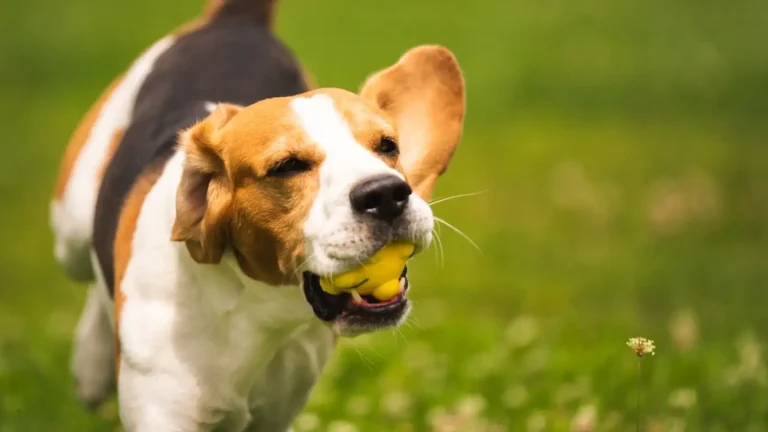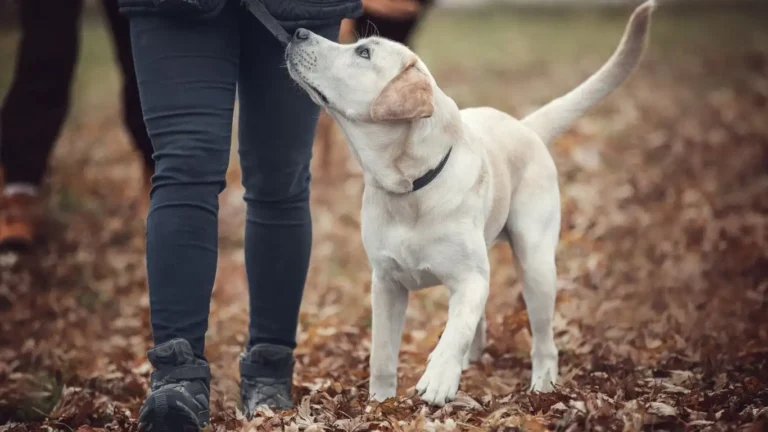How to Train a Dog to Wait at the Door for Better Control and Safety
If you’ve ever found yourself wondering how to train a dog to wait at the door, you’re definitely not alone. It’s one of those foundational skills that can make life with your furry friend safer and way more manageable. From my years as a Canine-Assisted Therapy Trainer, I’ve seen firsthand how teaching this simple but crucial command transforms everyday routines. Whether it’s preventing your pup from darting outside or just keeping guests safe when your dog gets excited, the “wait” command at the door is a game-changer.
Why Teaching Your Dog to Wait at the Door Matters

First off, let’s talk about why this skill is so important. Dogs are naturally curious and eager to explore, which is adorable until they suddenly bolt out the door—especially if you live near a busy street or in an apartment complex. Teaching your dog to pause before exiting isn’t just about manners; it’s about safety and control. Plus, when you have visitors or delivery people coming in, a calm dog that waits can reduce stress for everyone involved.
In my experience working with therapy dogs, the ability to wait calmly at thresholds is often the first sign of a well-trained and emotionally balanced dog. It sets the tone for all other interactions and signals to your dog that you’re in charge, which builds trust and respect over time.
Getting Started: The Basics of Teaching Your Dog to Wait at the Door
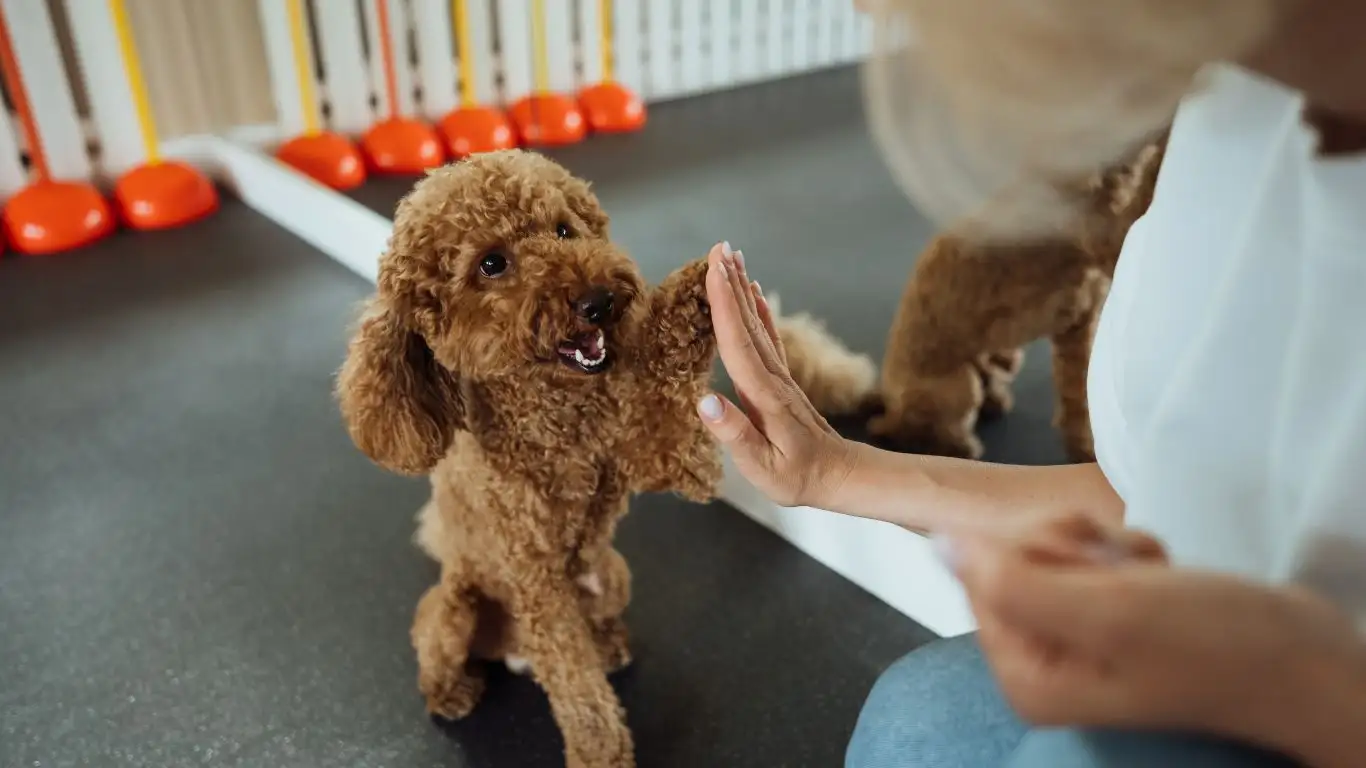
Setting Up the Environment
Before you dive into training, create a calm, distraction-free environment. The last thing you want is your dog’s attention pulled away by the world outside. If your dog gets overly excited or nervous near the door, it’s perfectly okay to start practicing in a quieter room with a fake “door” setup, like a hallway or between two chairs.
Gathering Your Tools
You’ll want a few essentials on hand:
- Treats: High-value rewards work best—think small bits of chicken or cheese, something your dog doesn’t get every day.
- Leash: Keeping your dog on leash during training sessions helps maintain control.
- Clicker (optional): If you use clicker training, this can speed up learning, but it’s not mandatory.
The First Steps
Start by simply teaching your dog to sit and stay near the door. From my experience, dogs often know how to sit, but holding that position near a tempting exit requires patience. Here’s a quick rundown:
- Bring your dog to the door and ask for a sit.
- Once seated, hold your hand up like a “stop” signal and say “wait.”
- If your dog stays, immediately reward with a treat and praise.
- If your dog moves, gently guide them back and repeat.
Consistency here is key. I always tell my clients that short, frequent training sessions beat long, exhausting ones. Five minutes, two or three times a day, keeps your dog focused without overwhelming them.
Building Duration and Distance: Taking the Wait Command Further
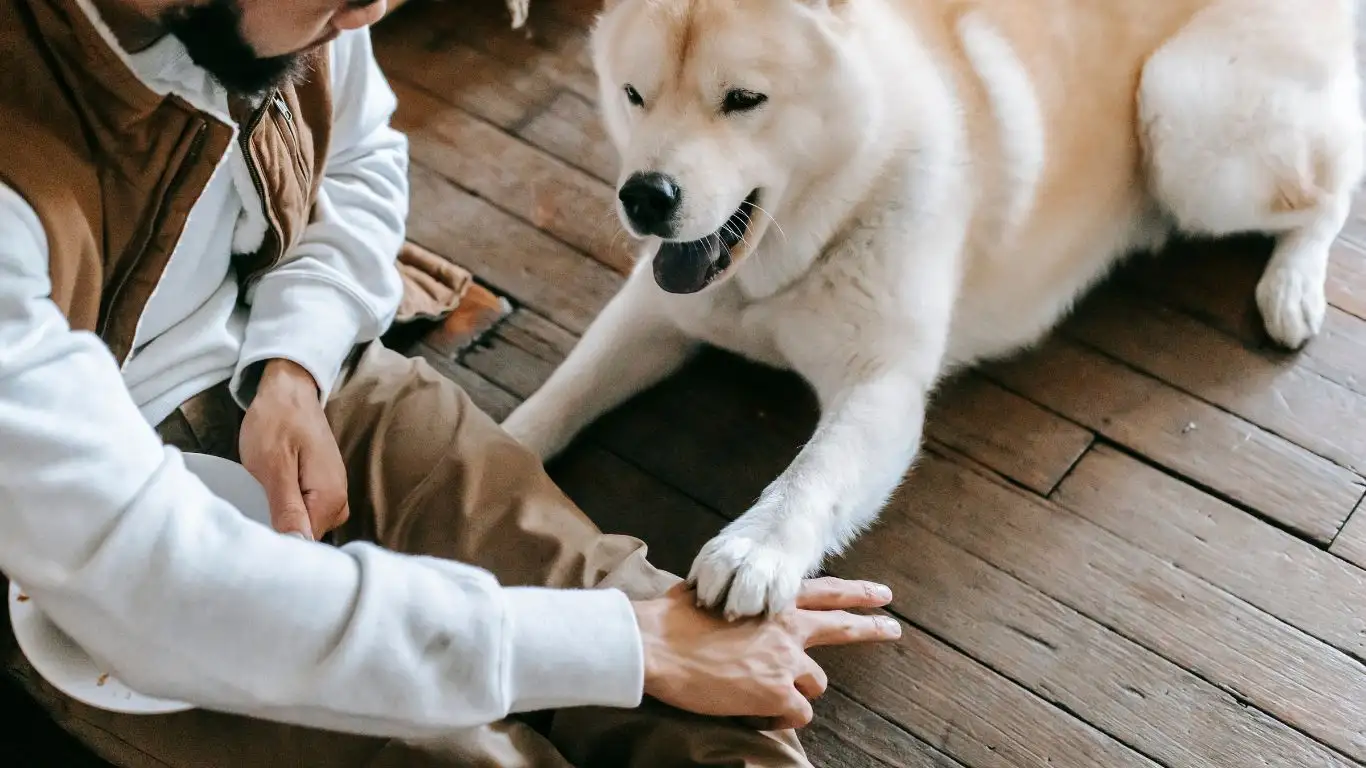
Once your dog understands the basic wait command at the door, the next step is to build their ability to maintain that behavior over longer periods and with more distractions. This is where patience—not just from your dog, but from you as the trainer—really pays off.
In my experience, dogs pick up on subtle cues from their trainers. So staying calm and consistent during this stage is crucial. If you get frustrated or rush things, your dog will sense it, and the training can easily unravel. Keep your tone upbeat and encouraging, even if progress feels slow.
Increasing Wait Time Gradually
Start by asking your dog to wait at the door for just a few seconds after the initial sit. Use a release word like “okay” or “free” to let them know when it’s okay to move. Gradually increase the time you ask your dog to hold the wait:
- 5 seconds of waiting, then reward.
- 10 seconds, still rewarding heavily.
- 20 seconds and beyond as your dog gains confidence.
Remember, if your dog breaks the wait early, calmly reset them without punishment. It’s all about positive reinforcement, so make sure to keep rewards frequent and meaningful at this stage.
Stepping Back: Increasing Distance
Another common mistake is trying to build distance too quickly. When teaching your dog to wait at the door, stepping back slowly is key. Start by taking a small step away, then immediately return and reward if your dog stays put. This builds trust in the command and in you as the leader.
Here’s a simple progression I often use in my training sessions:
- Step back one step, say “wait,” and reward.
- Step back two steps, then three.
- Increase distance gradually over multiple sessions.
Patience during this process makes all the difference. I always remind new trainers that it’s better to move slowly and have a solid wait than to push too fast and have your dog lose confidence in the command.
Adding Real-Life Distractions: Putting Training to the Test
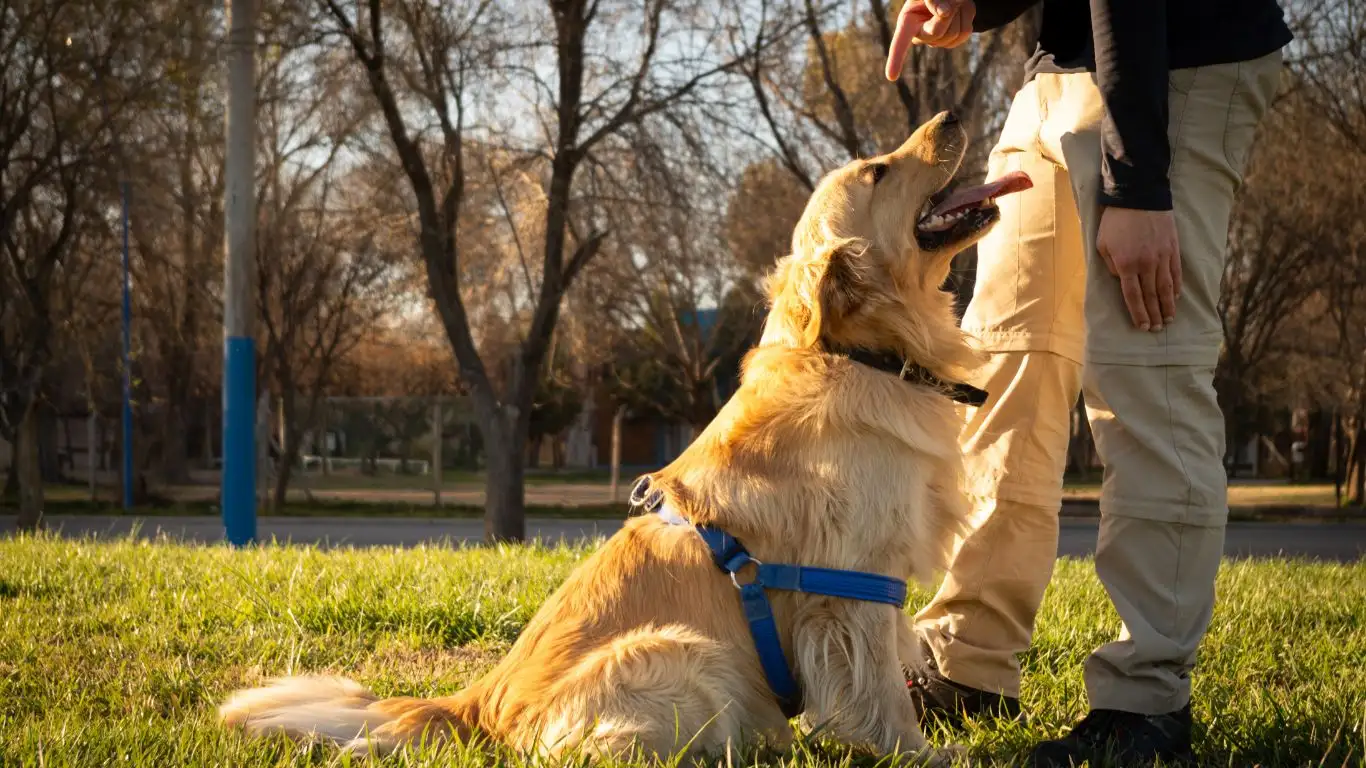
Once your dog can hold a wait with duration and distance, it’s time to throw in some real-life distractions. This part often separates the good trainers from the great ones because it’s where dogs learn to generalize the command—not just obey it in a quiet training environment but in real life, where things get chaotic.
In therapy dog training, we call this “proofing” the behavior, and it’s essential for safety. If your dog gets excited when guests arrive or sees another dog walk by outside, they might forget all their training. My tip? Start small and gradually add in distractions like:
- A friend knocking on the door.
- Sounds of cars or bikes outside.
- Other pets moving nearby.
Keep your dog on leash during these sessions to maintain control and use high-value treats to reward calm behavior. I can’t stress enough how important it is to stay relaxed yourself—your dog will feed off your energy.
Managing Setbacks and Celebrating Wins
If your dog breaks the wait during a distraction, don’t sweat it. Think of it as a learning opportunity rather than a failure. Gently guide them back, reset the exercise, and praise any small improvements. Consistency is the secret sauce here.
In my years of hands-on training, I’ve found that every dog progresses differently. Some catch on quickly, while others need a little more time and encouragement. Celebrate those little wins—like holding the wait for an extra second or staying calm with a visitor ringing the bell—and use them as motivation to keep going.
Common Mistakes to Avoid When Training Your Dog to Wait at the Door

No training journey is without its bumps. Here are some of the pitfalls I see most often—and how to steer clear of them:
- Rushing the process: Training a dog to wait takes time. Trying to move too fast can confuse your dog and weaken the behavior.
- Inconsistent cues: Using different words or hand signals can leave your dog unsure of what you want. Pick one clear command and stick to it.
- Overusing punishment: Yelling or scolding can damage your relationship and make your dog anxious, which makes waiting harder.
- Ignoring body language: Dogs tell you a lot through their behavior. If your dog seems stressed or distracted, take a break and come back later.
One of my favorite pieces of advice is to always end training sessions on a positive note—even if progress feels slow. Your dog will remember how the session ended more than how it started.
Maintaining the Behavior: Making “Wait at the Door” a Lifelong Habit
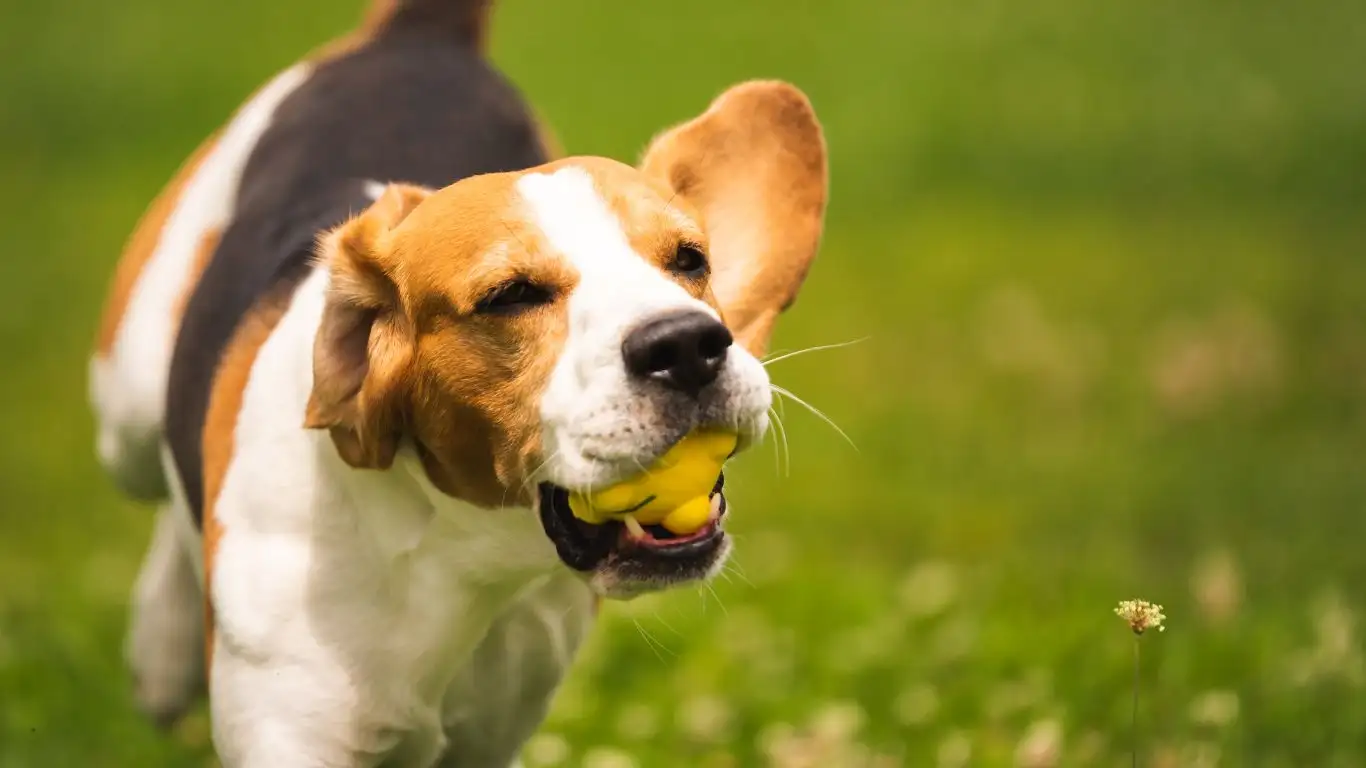
Training your dog to wait at the door is one thing, but keeping that behavior consistent over time is another challenge altogether. From my years as a Canine-Assisted Therapy Trainer, I’ve learned that maintenance is where many dog owners slip up. Life gets busy, distractions change, and suddenly that well-trained dog starts forgetting the rules. The good news? With a little effort, you can keep your dog sharp and safe forever.
One of the biggest keys to long-term success is regular practice—yes, even after your dog seems to have “got it.” Just like any other skill, waiting at the door can weaken without reinforcement. I suggest incorporating quick practice sessions into your daily routine. For example, before letting your dog out for potty breaks or when guests arrive, take a moment to ask for a wait and reward calm behavior.
Mixing Up Rewards and Keeping It Fun
Dogs, like people, can get bored doing the same thing over and over. To keep your dog engaged, switch up your rewards. Sometimes use tasty treats, other times give lots of praise, belly rubs, or even a quick play session after a successful wait. Variety keeps training fresh and motivates your dog to listen.
In therapy dog training, I often use this mix to keep dogs focused and happy without making treats the only reason they obey. Over time, your dog will learn that waiting calmly at the door always leads to something good—even if it’s just a smile from you.
Using Real-Life Situations as Training Opportunities
Every day brings new chances to practice the wait command. Whether you’re stepping out to grab the mail, letting the dog greet a visitor, or heading out on a walk, these moments are perfect for reinforcing the skill. I recommend treating every door interaction like a mini training session—quick, consistent, and positive.
One story from my own experience: I was working with a particularly energetic Golden Retriever who loved rushing out the door. By incorporating short wait drills into our daily routine, even when we were in a hurry, we gradually built his self-control. It took time, but eventually, he waited calmly every single time. It’s all about making the right behavior the easiest choice for your dog.
Troubleshooting: When Your Dog Struggles to Wait at the Door
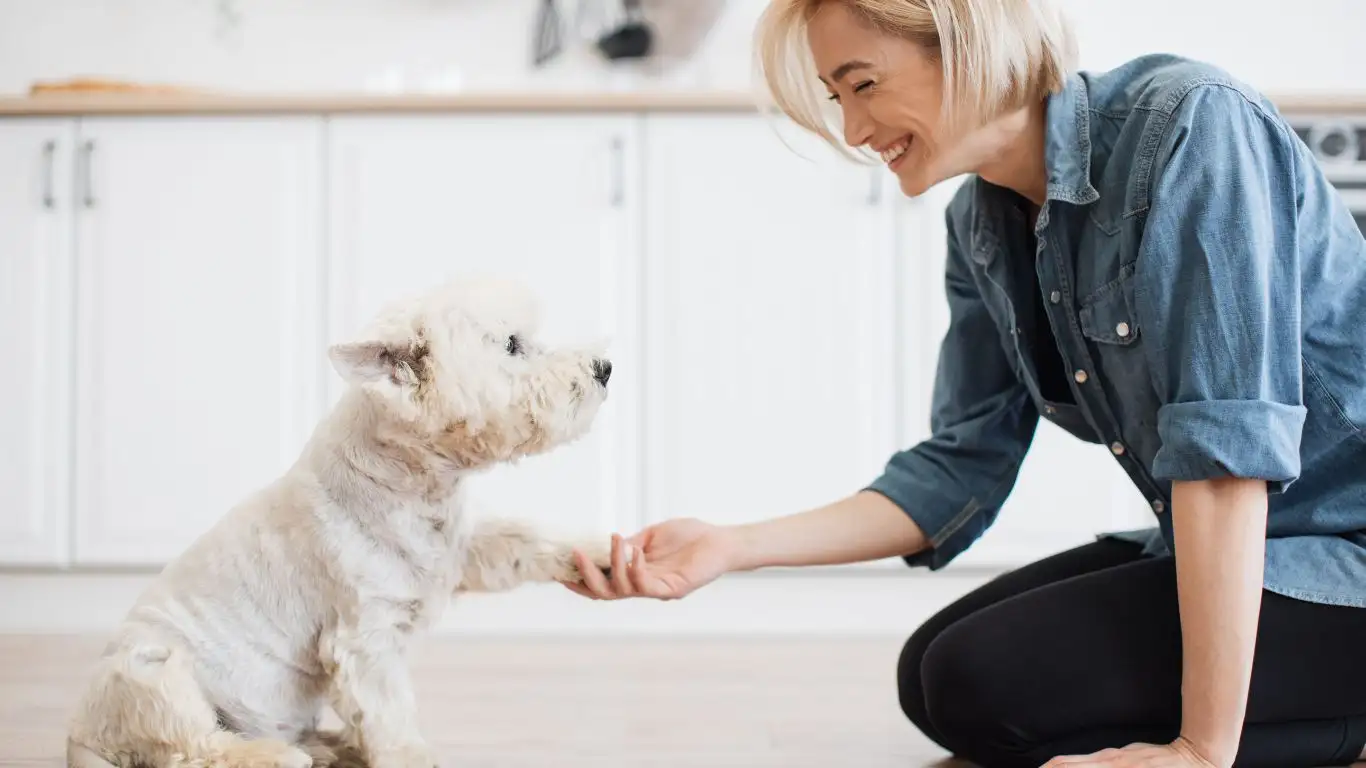
Sometimes despite your best efforts, your dog may still struggle to wait patiently. This can be frustrating, but it’s completely normal. Dogs are individuals, and some have more impulsive personalities or anxiety around doorways. Here are some common challenges and how to tackle them:
Excitement and Overstimulation
If your dog gets super excited when the door opens, it helps to slow down the whole process. Before opening the door, make sure your dog is settled with a sit or down command. If they jump or bark, close the door calmly and try again. Think of it like teaching them to “cool down” before getting rewarded with freedom.
Fear or Anxiety Near Doors
On the flip side, some dogs are nervous about doorways because of loud noises, past bad experiences, or other fears. If this sounds familiar, your approach needs to be gentler. Work on building positive associations with the door by rewarding calm behavior nearby without forcing the issue. Patience and kindness go a long way here.
Consistency Across Household Members
One thing I always stress with clients is that everyone in the household must use the same commands and rules. Mixed messages confuse dogs and slow progress. Take some time to train together and agree on the exact word, tone, and hand signals to use. Consistency is one of the strongest predictors of success.
Final Tips from a Canine-Assisted Therapy Trainer
Before I wrap up, here are a few nuggets of wisdom from my personal training toolbox:
- Be patient: Every dog learns at their own pace. Celebrate small wins and keep sessions short and positive.
- Use the release word: Teaching your dog a clear “okay” or “free” signal tells them when they can move, reducing confusion.
- Keep safety first: Never open the door if your dog is not fully under control. It only takes a second for trouble to happen.
- Make training a habit: Practice the wait command daily, so it becomes second nature to your dog.
Training your dog to wait at the door might seem simple, but with the right approach, it builds trust, respect, and safety in your relationship. Plus, it gives you peace of mind knowing your dog isn’t dashing off when you least expect it.
References
Disclaimer
This article is for informational purposes only and reflects my personal experience as a Canine-Assisted Therapy Trainer. Training results may vary depending on your dog’s individual temperament and circumstances. Always consult a professional trainer or veterinarian if you encounter serious behavioral issues or health concerns.
